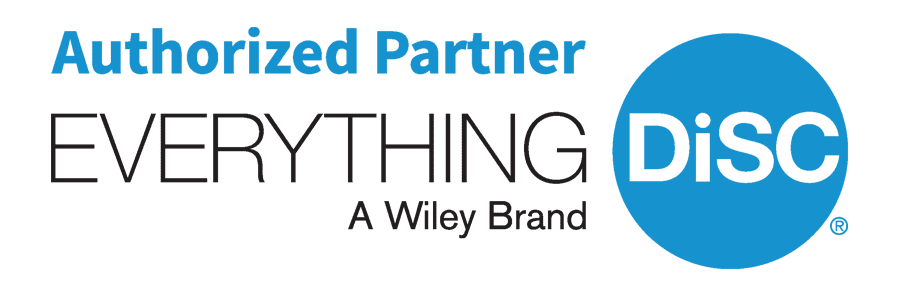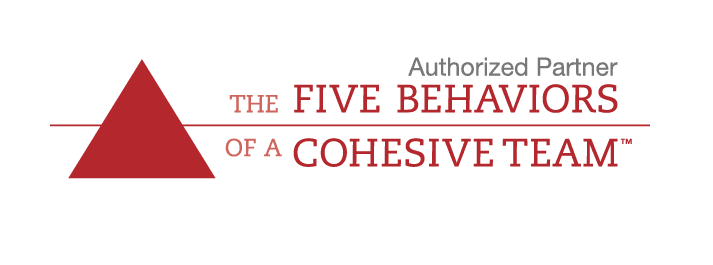Case Study: Using DiSC Classic As A Tool To Increase Self-Awareness
Action plan to improve communication and collaborations was developed using the DiSC Classic 2.0 to understand similarities and differences, as well as strengths and weaknesses between Sally and Gary.
Client
- A regional children’s medical center
- Over 2,000 employees
Challenge
“Sally,” the laboratory director and key contributor to the organization’s services and revenue, was consistently in direct conflict with her new boss, “Gary.” Sally’s previous bosses had always given her high performance ratings, and she felt they had worked well together. She felt Gary, who was described by some as a bully, was targeting her, trying to force her to quit. When I first met Sally she was pale, tense, and angry. Recently, two of the managers Sally oversaw had quit, citing Sally as “impossible to work with.” Gary saw this as proof of Sally’s micromanagement, lack of interpersonal skills, and tendency to blame others. Gary gave Sally an ultimatum: change her behavior or lose her job. He wanted her to interact in an energetic and enthusiastic style, improve her communication skills, and stop hiding in her office. I was hired to coach Sally. Sally’s direct reports described her as aloof, belittling, moody, secretive, and difficult to get to know. Peers and HR reported that Sally had always been this way but since her work increased revenue, her behavior was ignored or tolerated.
Solution
The vice president of human resources and I discussed the conflict between Sally and Gary. We agreed that the core of the issue was their behavioral and motivational differences. Gary is energetic, enthusiastic, and relationship-oriented, while Sally is analytical and driven by quality, accuracy, and clearly defined performance expectations. In addition, both of them were used to being in charge and overcoming opposition. Given these factors, I felt that using the DiSC Classic 2.0 Profile would improve self-awareness and decrease conflict by learning to understand and appreciate each other’s behavioral styles. Once they each completed the profile, I met with them individually to discuss the results. Then, I met with Sally, Gary and the VP of HR to provide a DiSC overview, including the strengths of each style and areas of potential conflict among the styles. Gary and Sally quickly saw that much of their conflict was linked to both their similarities and differences. They both wanted to be in control but were motivated by different things. After a facilitated conversation between them, together we created an action plan for improving communication and collaboration.
“… using the DiSC Classic 2.0 Profile would improve self-awareness and decrease conflict by learning to understand and appreciate each other’s behavioral styles.”
Sally accepted that Gary did not have a personal vendetta against her, and that she needed to improve her interpersonal skills. Sally’s action plan focused on improving her communication skills and adapting her behavior to meet the needs of others. While challenging for Sally, she pushed herself to open up with direct reports, engaging in more small talk, and sharing personal information. Sally also accepted that perfectionism is not an achievable goal and suppressed her need to constantly question or correct others about how they do their jobs. I also felt that understanding DiSC® would decrease general stress in the lab and increase appreciation of Sally’s multiple strengths. With this in mind, I conducted DiSC training with each manager in Sally’s department. Using theDiSC Classic 2.0 Profile as a base, we explored the DiSC model, personal motivations for behavior, and how to work more collaboratively and decrease conflict — especially with Sally.
Results
Sally’s original motivation, keeping the job she had loved for so many years, was only strengthened by her realization that Gary truly wanted her to succeed. Sally was able to start communicating more clearly and with Gary. In a short time their interactions improved dramatically, and by year’s end, Sally received the highest rating possible from Gary. The DiSC® Classic 2.0 Profile and additional training given to lab managers provided the knowledge and understanding needed for Sally’s staff to see that she wasn’t actually aloof or difficult to work with, and that most of the conflict was style-based. Communication is now more open, accepting and productive. Now, people look forward to coming to work. Gary, who had previously been Sally’s biggest critic, is now her biggest fan and strongest ally. Appreciating her talent and drive, he gave her a new project to head up. And when Sally lapses back into old perfectionistic, controlling behaviors, coworkers feel comfortable teasing her about it. In our last coaching session, Sally commented, “Thank you for giving my life back to me. I was constantly stressed, ill, depressed, and had no energy for anything but work. Now, I am healthy and happy. And I jump out of bed each morning looking forward to each day.”
Download PDF of Case Study: Using DiSC Classic As A Tool To Increase Self-Awareness.
Related Case Studies
- Communications Skills with Medical Residents using DiSC Classic DiSC Classic® 2.0 was used to help doctors better relate to their patients and colleagues.
- Using DiSC Classic to Create a Culture Shift in a Non-Profit Organization The DiSC Classic 2.0provided a cost effective tool for a non-profit health care organization (HCO), providing insight into how to be more effective with others and an understanding of how one’s behavioral style impacts others on a team.
- Everything DiSC Profile for Change Management and Customer Service Improving communication and customer service in a medical diagnostic center and research organization was successfully accomplished using a blend of Everything DiSC for Workplace, Management, group reports and the Personal Listening Profile.





